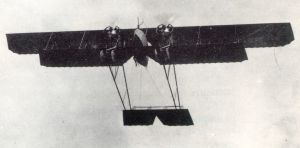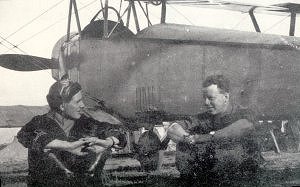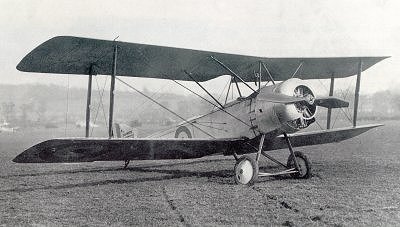207 SQUADRON ROYAL AIR FORCE HISTORY
WORLD WAR I
1917 Dunkirk
Meanwhile, back in Europe, the war continued. Dunkirk was first used as a naval air base on 1 September 1914 when a small unit, under Commander C R Samson was formed to combat the Zeppelin threat to Great Britain. When the Germans occupied Antwerp and advanced along the coast the geographical location of Dunkirk greatly improved in tactical value. While still dealing with Zeppelins and striking at their bases, Dunkirk extended its tasks to include reconnaissance and offensive action against the advancing enemy.
It had already been realised at this time that successful offensive air action meant not only attacking in force but also accurately and often. To allow such an offensive without interfering with air defence, reconnaissance, photography and co-operation with naval gunfire, the Dunkirk Air Command was rapidly expanded early in 1916.
Two additional wings, Nos.4 and 5, each equipped for bombing and fighting, were formed at Petit Synthe and Coudekerque, respectively. No.4 Wing had been formed from No.4 Squadron at Eastchurch in August 1915 and it crossed to Petit Synthe in April 1916 under the command of Squadron Commander C L Courtney. |
 Twin Caudron of No.7 RNAS |
Additional pilots were posted in during May and by the middle of June the Wing comprised two squadrons, Nos.1 and 2, equipped with Nieuports, BE 2cs and Caudron twins. In July the names were changed to A and B Squadrons. At this time, the basic fighting unit of the RNAS was the Flight, consisting of 6 pilots and 6 aircraft. The squadron was little more than a title of administrative convenience and was often a hybrid collection of aircraft with no specific role. |
 Squadron Commander Mulock in front of Nieuport Scout of No.7 RNAS |
However, when the RNAS were detached from Dunkirk to fight alongside the RFC, it was decided to bring the RNAS organisation more into line with its Army counterpart and this led to the introduction of the "squadron" as the fundamental RNAS fighting unit.
Thus, in November 1916, No.4 Wing regrouped its aircraft into two squadrons according to role. 'A' Squadron became No.6 Squadron equipped solely for aerial fighting and 'B' Squadron became No.7 Squadron, equipped solely for bombing, under the command of Sqn Cdr C L Courtney, later Air Chief Marshal Sir Christopher Courtney GBE KCB DSO.
No.7 Squadron was sub-divided into two Flights by aircraft types, one being equipped with Caudron twins (soon replaced with Sopwith 1˝ Strutters) and the other (uniquely in the RNAS) with Short Bombers.

Sopwith 1˝ Strutter